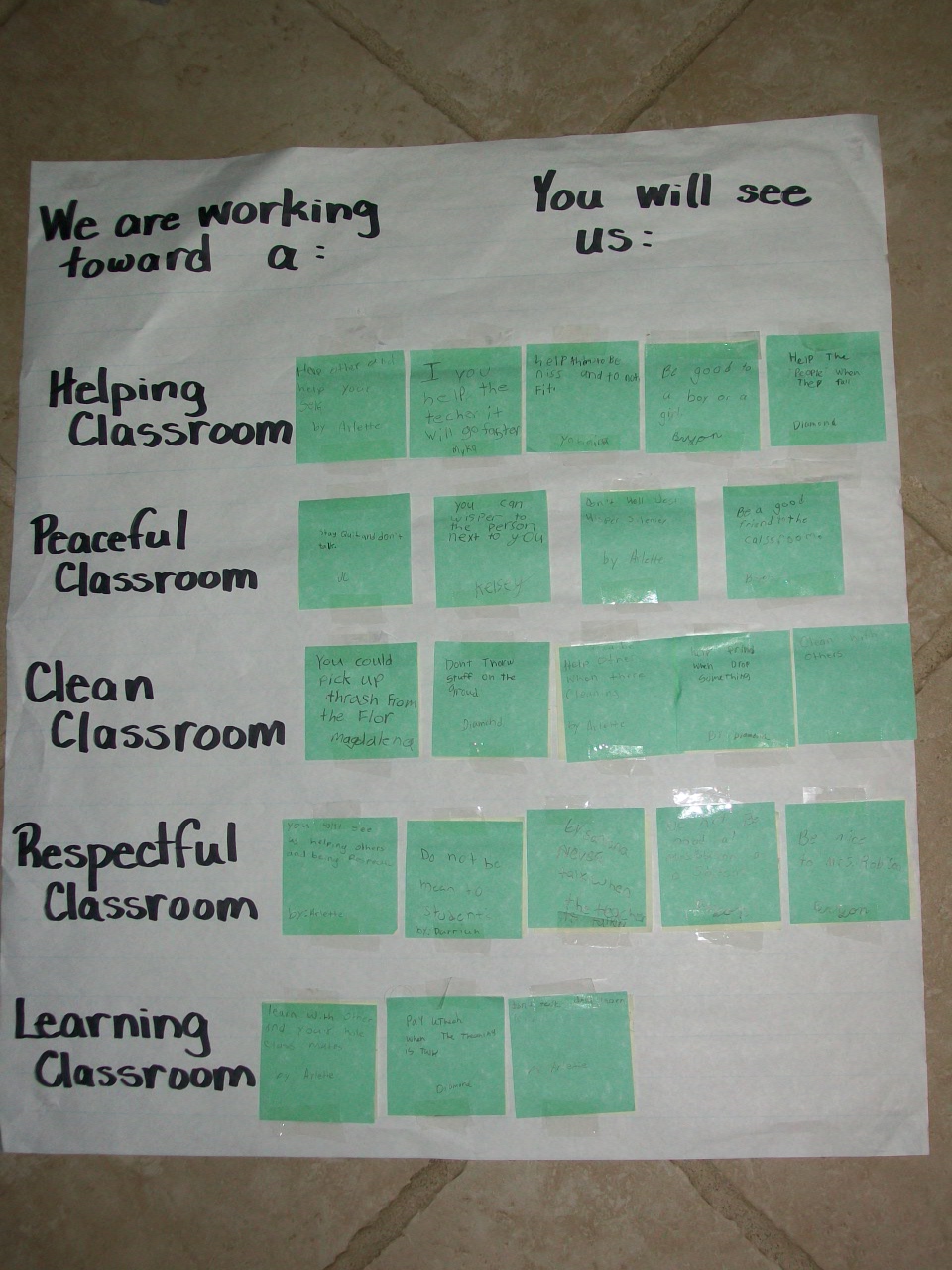SEL Tip: Crafting Classroom Agreements

Creating a positive and inclusive classroom environment is essential for effective teaching and learning. One powerful way to achieve this is by involving students in the process of crafting classroom agreements or group norms. These agreements set the tone for respectful behavior, collaboration, and mutual understanding.
Start with Open Dialogue
Begin the process by engaging students in an open discussion about what makes a classroom a safe and welcoming space. Encourage them to share their thoughts on respect, kindness, and cooperation. This dialogue sets the stage for understanding the purpose of classroom agreements and their role in fostering a positive atmosphere.
Connect to Values
Guide students to identify and discuss the values they believe are important for creating a supportive learning environment. This could include values such as respect, empathy, active listening, and inclusivity. Help them understand how these values translate into behaviors.
Brainstorm Behaviors
Encourage students to brainstorm specific behaviors that align with the identified values. For example, if respect is a value, students might suggest behaviors like using polite language, taking turns, and valuing others’ opinions. Write down their ideas on a visible chart or board.
Collaborative Process
Emphasize that classroom agreements are a collaborative effort. Students should have a voice in shaping the agreements. Allow them to work in pairs or small groups to refine the list of behaviors they brainstormed. This promotes teamwork and negotiation skills.
Visual Representation
Transform the agreed-upon behaviors into visual representations. This could be through a poster, a mural, or a digital presentation. Visual aids help students easily recall the classroom agreements and serve as a visual reminder of the collective commitment.
Language Matters
Use inclusive and positive language when formulating the agreements. Instead of saying “Don’t interrupt,” rephrase it as “Take turns when speaking.” Positive language focuses on what students should do rather than what they shouldn’t.
Ownership and Signatures
Invite students to take ownership by having them individually sign the visual representation of the agreements. This reinforces their commitment and responsibility to uphold the norms they helped create.
Regular Reflection
Integrate regular reflection sessions where students discuss how well they are adhering to the classroom agreements. Encourage them to share examples of positive interactions that align with the norms.
Problem-Solving Approach
Incorporate the agreements into problem-solving discussions. When conflicts arise, guide students to refer back to the norms and collaboratively find solutions that align with the agreed-upon behaviors.
Continuous Adaptation
Remind students that classroom agreements are not static. As the dynamics of the classroom evolve, agreements may need adjustments. Encourage them to revisit and adapt the agreements as necessary.
In Conclusion
By involving students in the process of developing classroom agreements or group norms, educators empower them to take ownership of their learning environment. These agreements foster a sense of belonging, respect, and shared responsibility. Through open dialogue, collaboration, and a focus on positive behaviors, students develop essential social and emotional skills that contribute to a harmonious classroom culture where everyone can thrive.
If you found this content helpful, you might enjoy this Imagineerz blog post and check out Why Classroom Agreements?!


